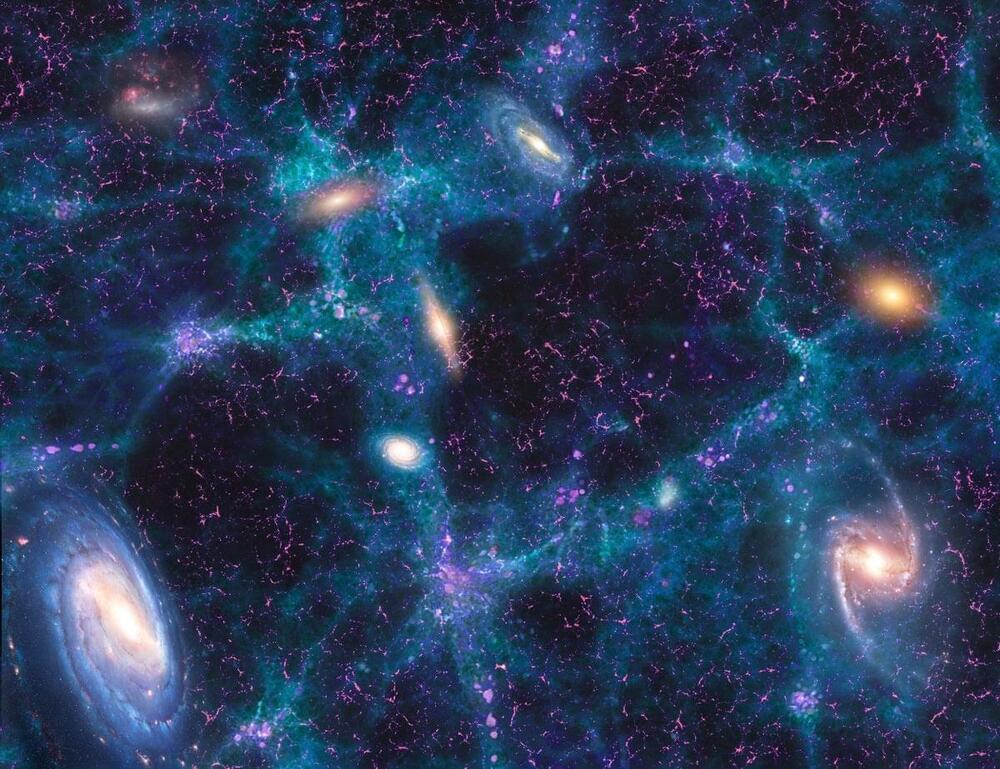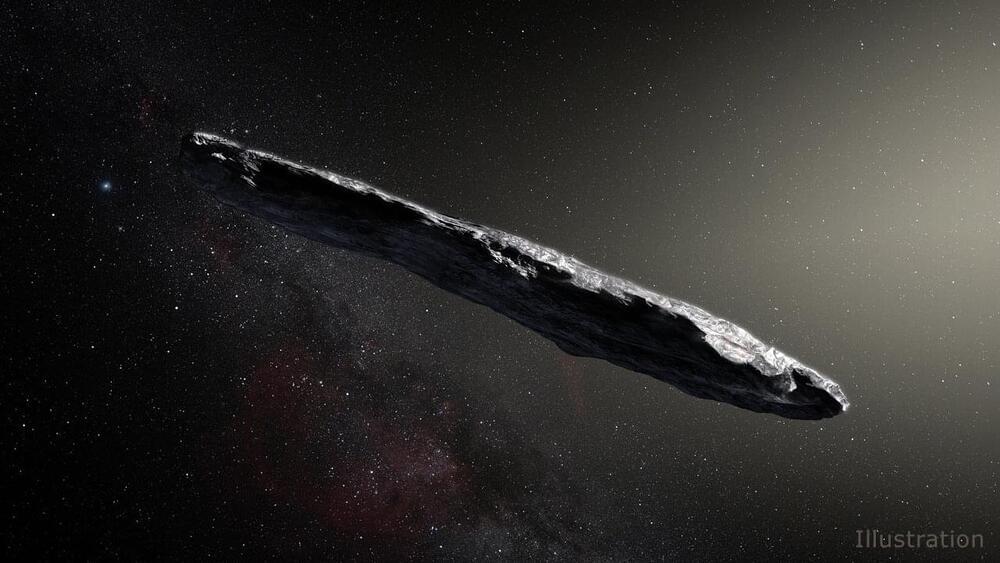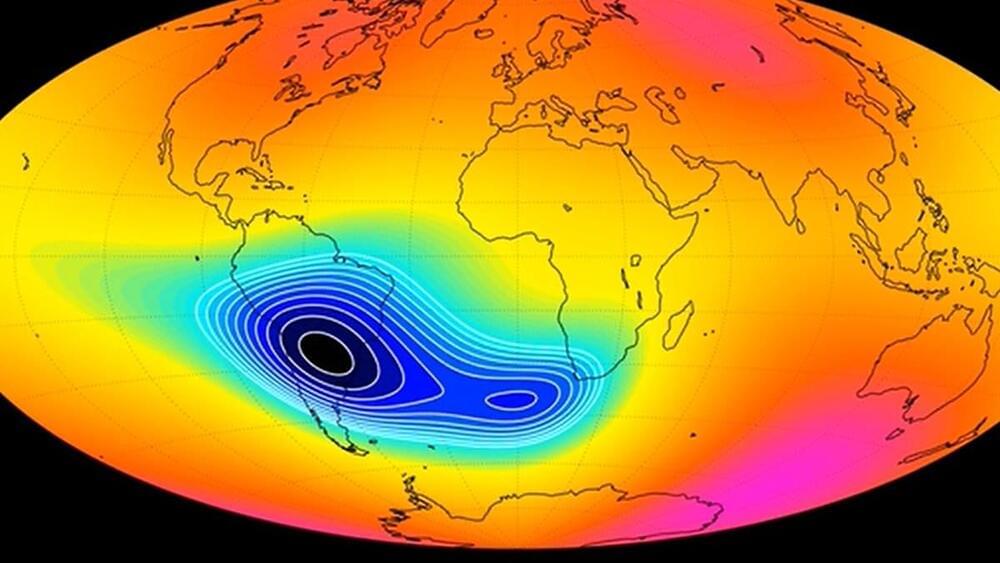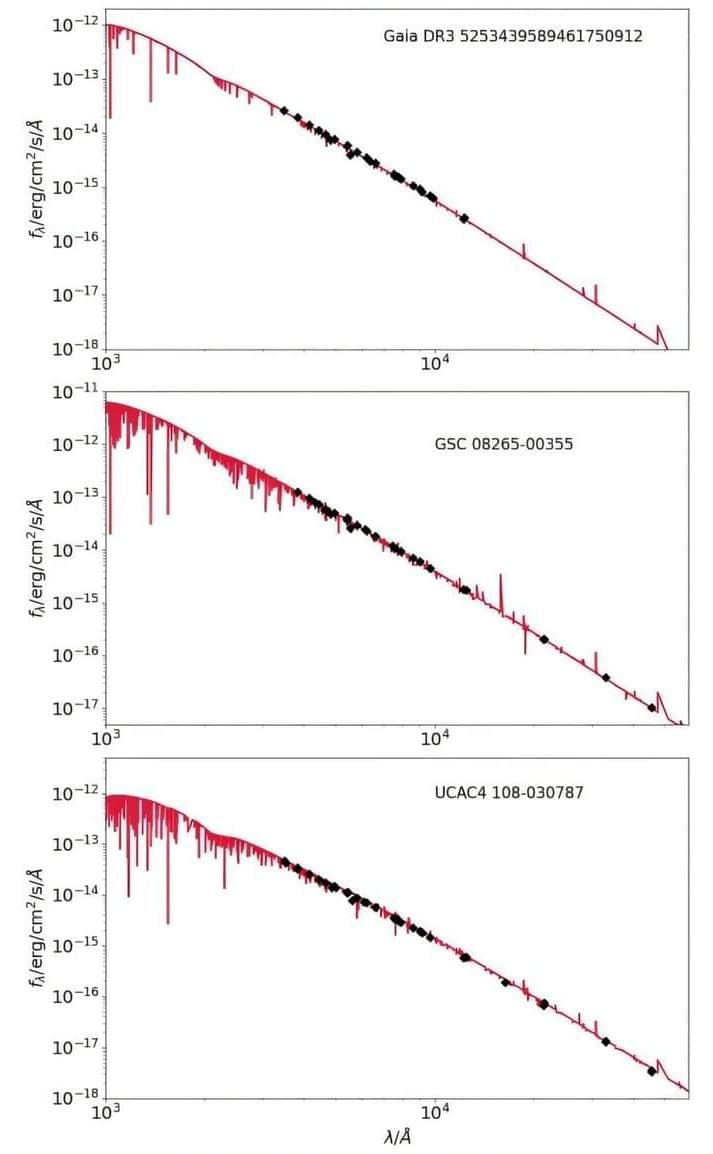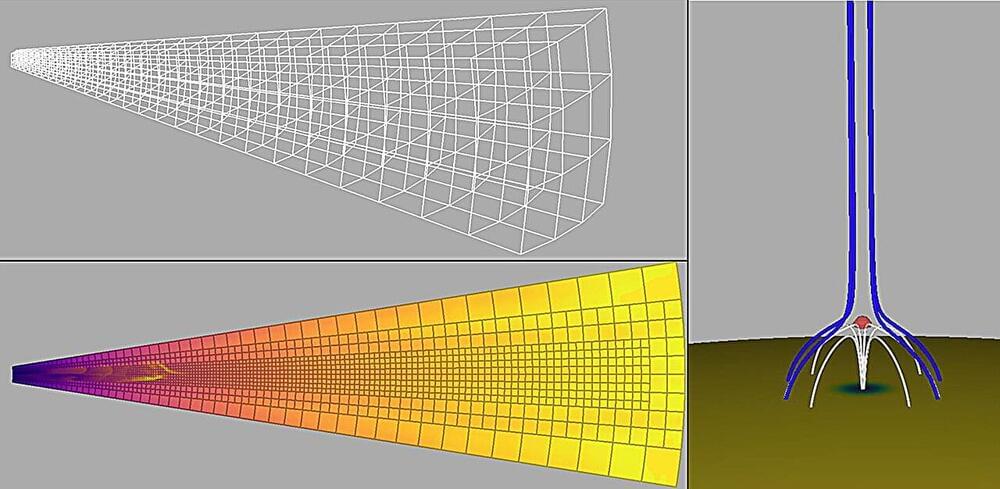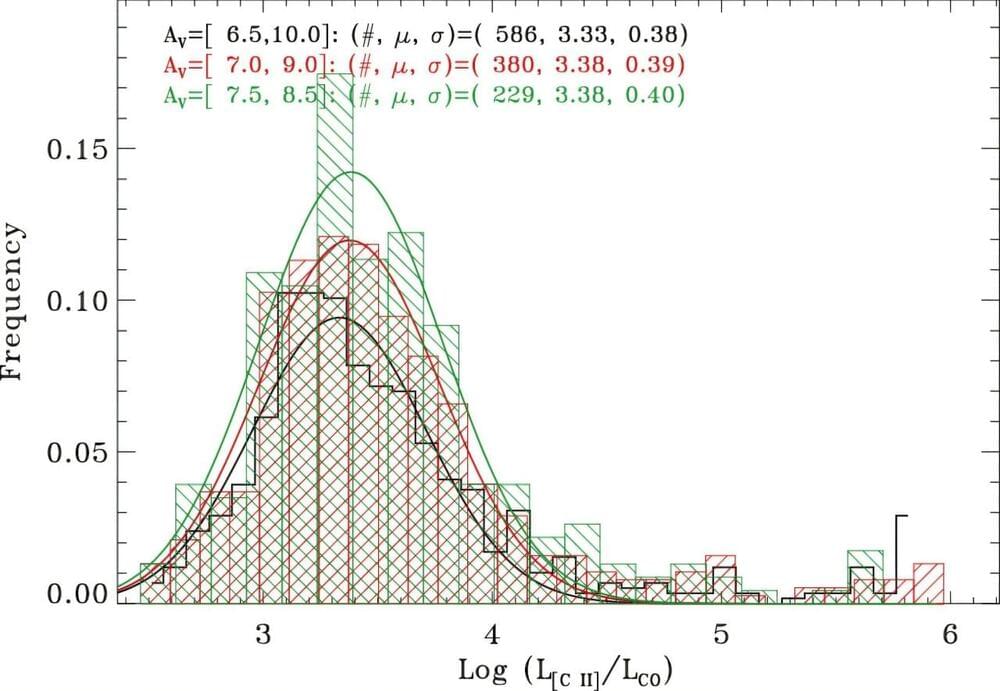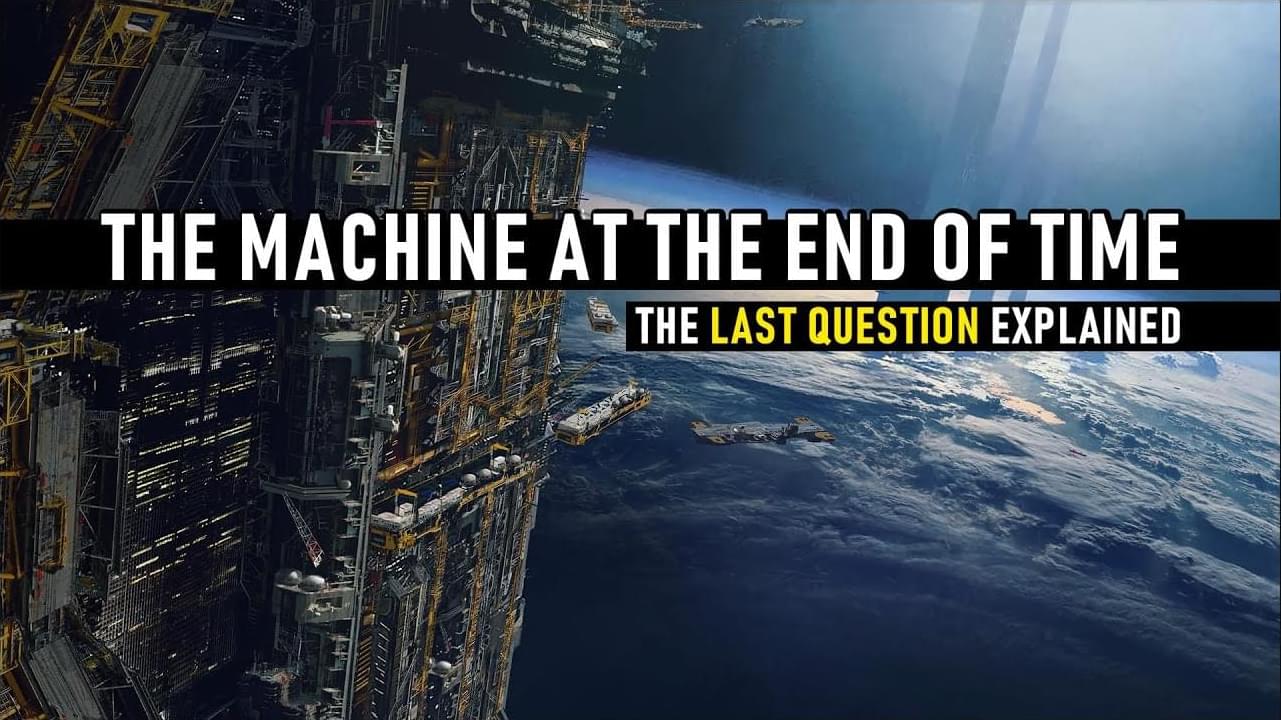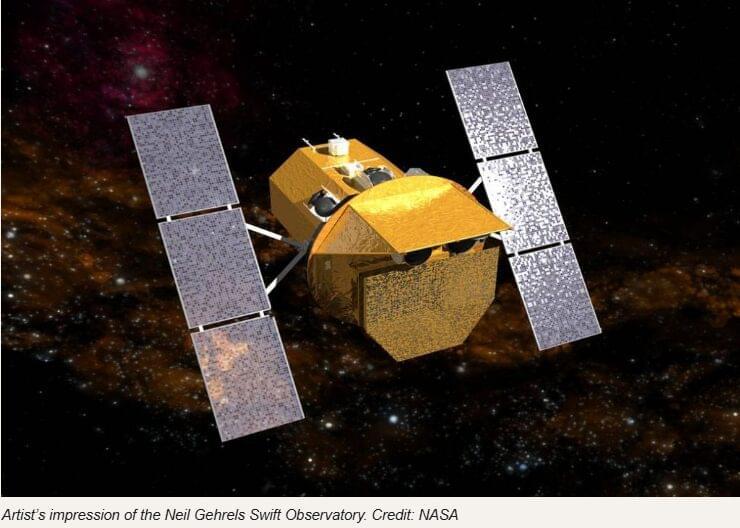Jan 1, 2025
Do We Live in a Special Part of the Universe?
Posted by Paul Battista in category: space
According to a tenet scientists call the cosmological principle, our place in space is in no way exceptional. But recent observations could overturn this long-held assumption.
By Sarah Scoles edited by Lee Billings & Jeanna Bryner
Ever since humans started gazing at the heavens through telescopes, we have discovered, bit by bit, that in celestial terms we’re apparently not so special. Earth was not the center of the universe, it turned out. It wasn’t even the center of the solar system! The solar system, unfortunately, wasn’t the center of the universe either. In fact, there were many star systems fundamentally like it, together making up a galaxy. And, wouldn’t you know, the galaxy wasn’t special but one of many, which all had their own solar systems, which also had planets, some of which presumably host their own ensemble of egoistic creatures with an overinflated sense of cosmic importance.
